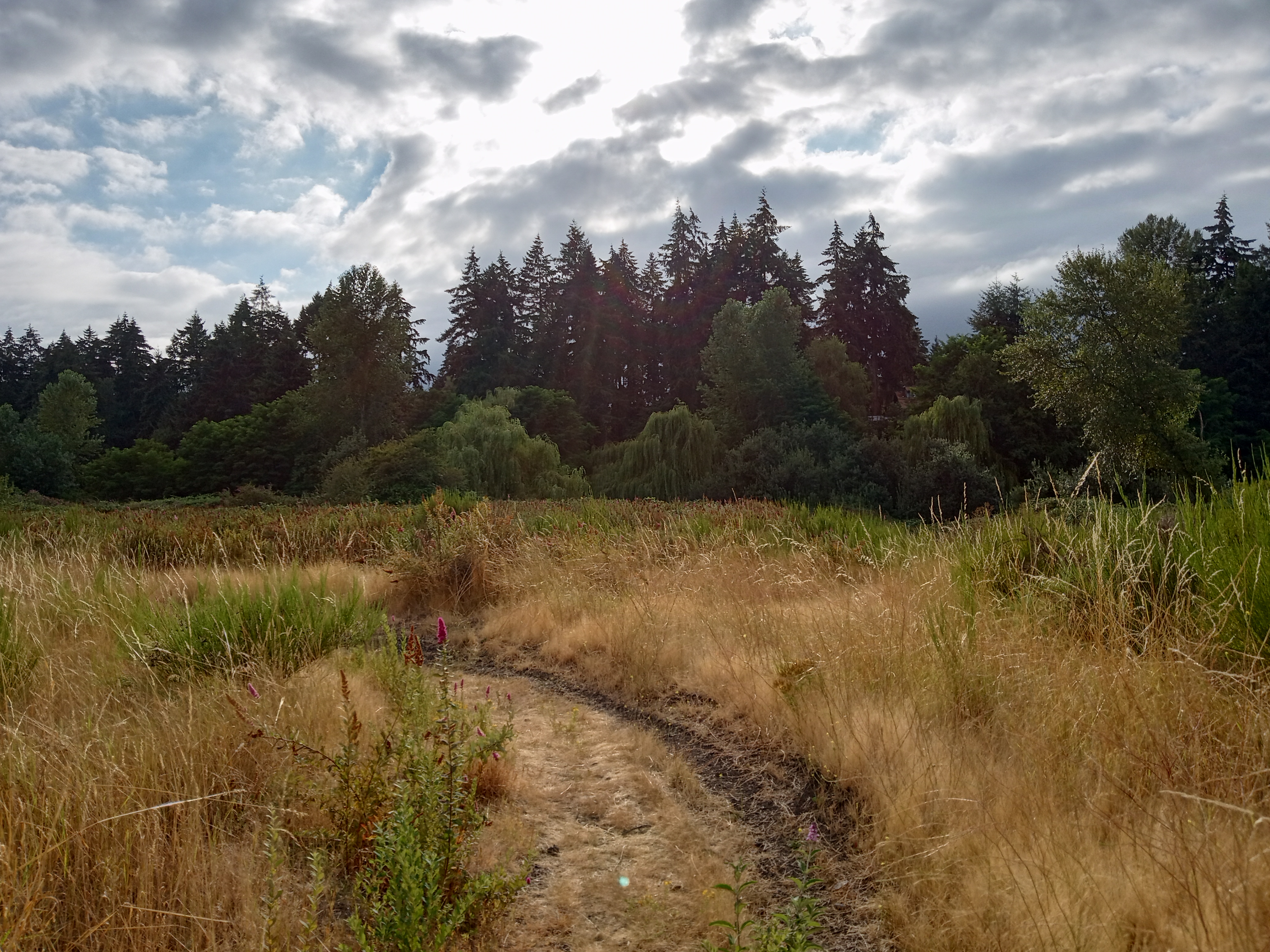
Mega-warehouse legal battle continues over traffic, water quality
Listen
(Runtime 1:29)
Read
In South Tacoma, there is about 150 acres of land sitting vacant where dry grasses and trees cover an area that, in part, once served as a rail-yard for Burlington Northern Santa Fe Railway.
The land could become the site of a warehouse complex, built by Bridge Industrial LLC, a real estate development company looking to construct 2.5 million square feet of warehouse buildings on the space.
Bridge Industrial is working its way through Tacoma’s permitting process for permission to develop the land. Back in April, the city issued the company a land-use permit for the project.
However, some South Tacoma residents who live near the site have raised a plethora of concerns and disapproval of the potential development near their homes. The South Tacoma Neighborhood Council and 350 Tacoma filed a joint appeal of the land-use permit in May, claiming the city did not have adequate information to make an informed decision on what environmental mitigations would need to be in place to prevent possible detrimental impacts to the landscape.
The city has issued a mitigated determination of nonsignificance, known as a mDNS, for the project — meaning it believes any possible environmental impacts can be properly dealt with. Appellants would like to see an Environmental Impact Statement of the project.
The City of Tacoma hearing examiner, Jeff Capell, is tasked with administrative hearings for things such as proposed developments in the city. Capell is hearing the case.
The first four days of testimony in the public hearing were from witnesses for the appellant call issue with how the site was analyzed for traffic impacts, effects on stormwater systems and water pollutants, amongst other environmental concerns. Professionals who prepared the analysis and city employees testified. Here’s a recap of some of the key areas witnesses focused on:
Vehicle traffic impacts
In her opening statement, EarthJustice attorney Molly Tack-Hooper argued that the city didn’t meaningfully study how vehicles traveling to-and-from the facility will impact air climate and health.
Dr. Elinor Fanning, a toxicologist at the Washington State Department of Health, testified for the appellants. Fanning said that the opinions she expressed during testimony were solely her own and separate from her position with the DOH.
Fanning expressed concern that there was a lack of off-site dispersion modeling of pollutants that come from diesel exhaust and the combustion of fossil fuels for gas-powered carts, which have been shown to have a number of health impacts.
“If we’re talking about, you know, 5-15,000 gasoline vehicles per day, I would like to see dispersion modeling of all the pollutants and all the mass coming from South 56th Street,” Fanning said, in reference to where some of the traffic from the buildings may go.
Fanning referenced maps which show residential and youth recreation facilities that she said would be near the source of those off-site pollutants.
Applicants’ witness, Naomi Goff, responded to modeling of off-site, mobile pollutants.
Goff works for Farallon Consulting and was the project manager who oversaw the preparation of the air quality analysis and the associated construction agenda for the permitting.
Goff said she did perform dispersion modeling for off-site emissions but only stationary sources of pollutants fall within the state reporting requirement of 10,000 metric tons of carbon carbon dioxide equivalents, or, as Goff explained, for including the global warming potential of all of the other greenhouse gasses.
The dispersion modeling showed various pollutants were below acceptable levels, Goff said.
Stormwater/water quality
During the hearing, appellants argued that the city did not analyze potential consequences, if something to go wrong with stormwater planning for the developed site, or for what the impact could be on those systems. Witness Sean Dixon, executive director of the Puget Soundkeeper testified to the possibility of the impact of climate change causing heavier precipitation events on these systems.
Dr. Steven H. Eberman, a retired hydrology and geophysics professor, testified that the submitted plan lacks certainty about where stormwater is flowing into from the site and how much accumulation there could be from extreme weather events.
“My concern is that nothing was taken into account in terms of climate change,” Eberman said.
Trevor Perkins, an engineer with the city, explained a phenomenon called “first-flush.” He said the majority of pollutants are removed during the first drainage of water accumulation.
To meet the city’s stormwater treatment manual requirement, a minimum of 91% of the flow rate has to pass through the stormwater treatment system.
Perkins also testified that the design for stormwater treatment submitted by the applicant was 50% complete when it was submitted for State Environmental Policy Act (SEPA) review.
“Ultimately, the result was that we felt there was enough information to move forward,” Perkins said. “There would not be any significant impacts to the project other than any impact that any project has on a city.”
As the design continues to be developed, Perkins testified that the applicant will have to meet, amongst other requirements, the city’s Stormwater Management Manual.
Testimony will continue on Friday, Aug. 4 and the hearing is open to the public.















